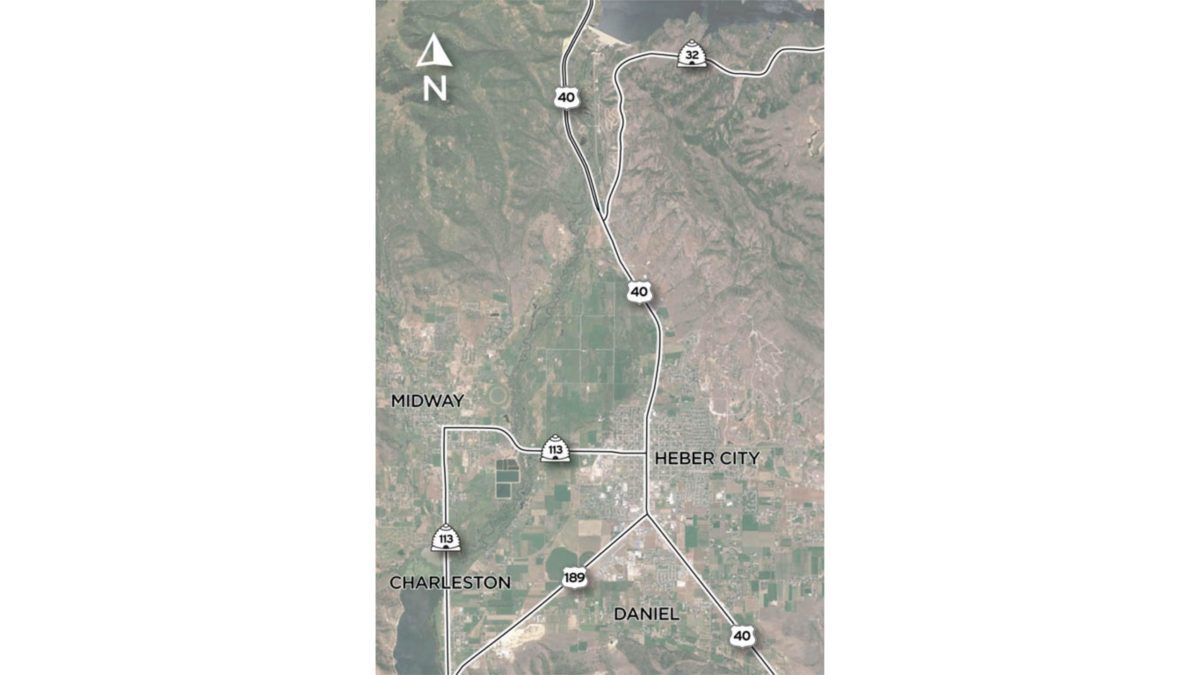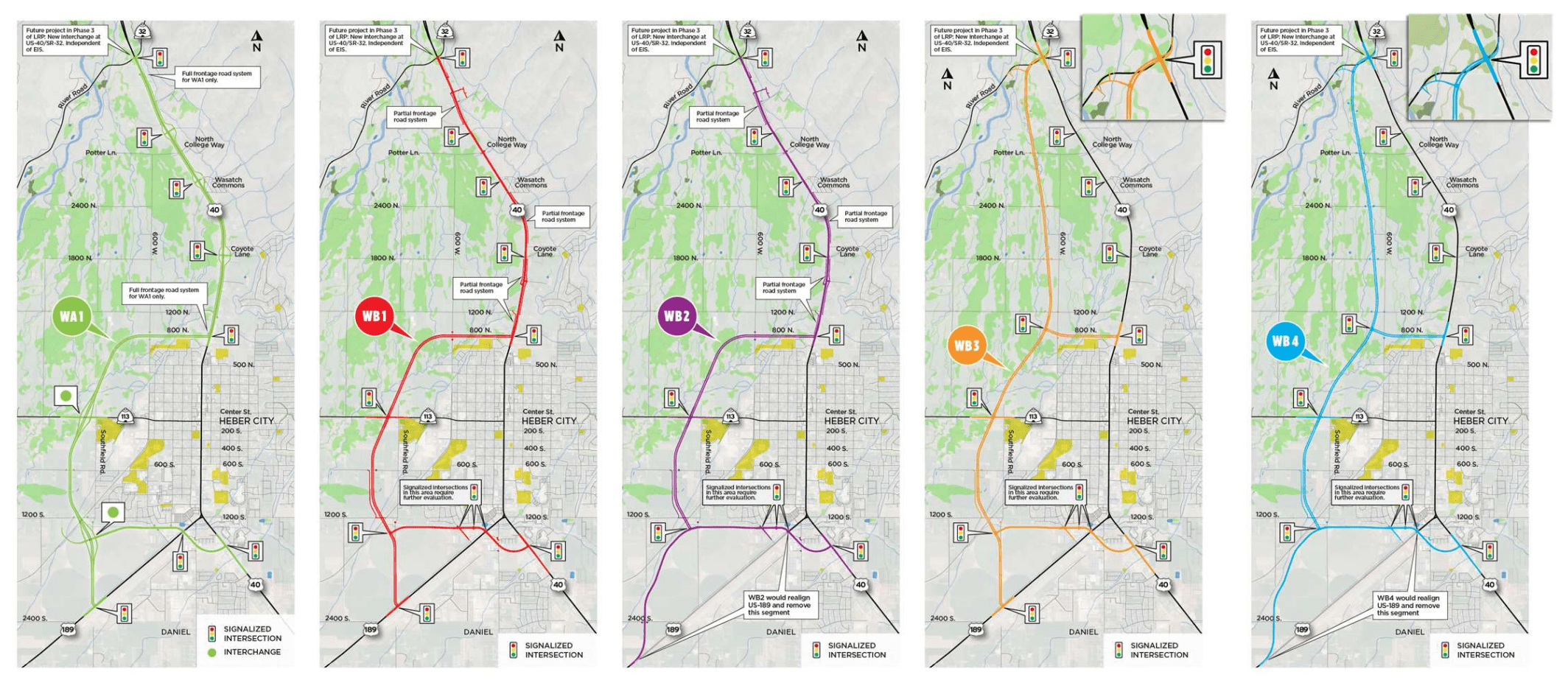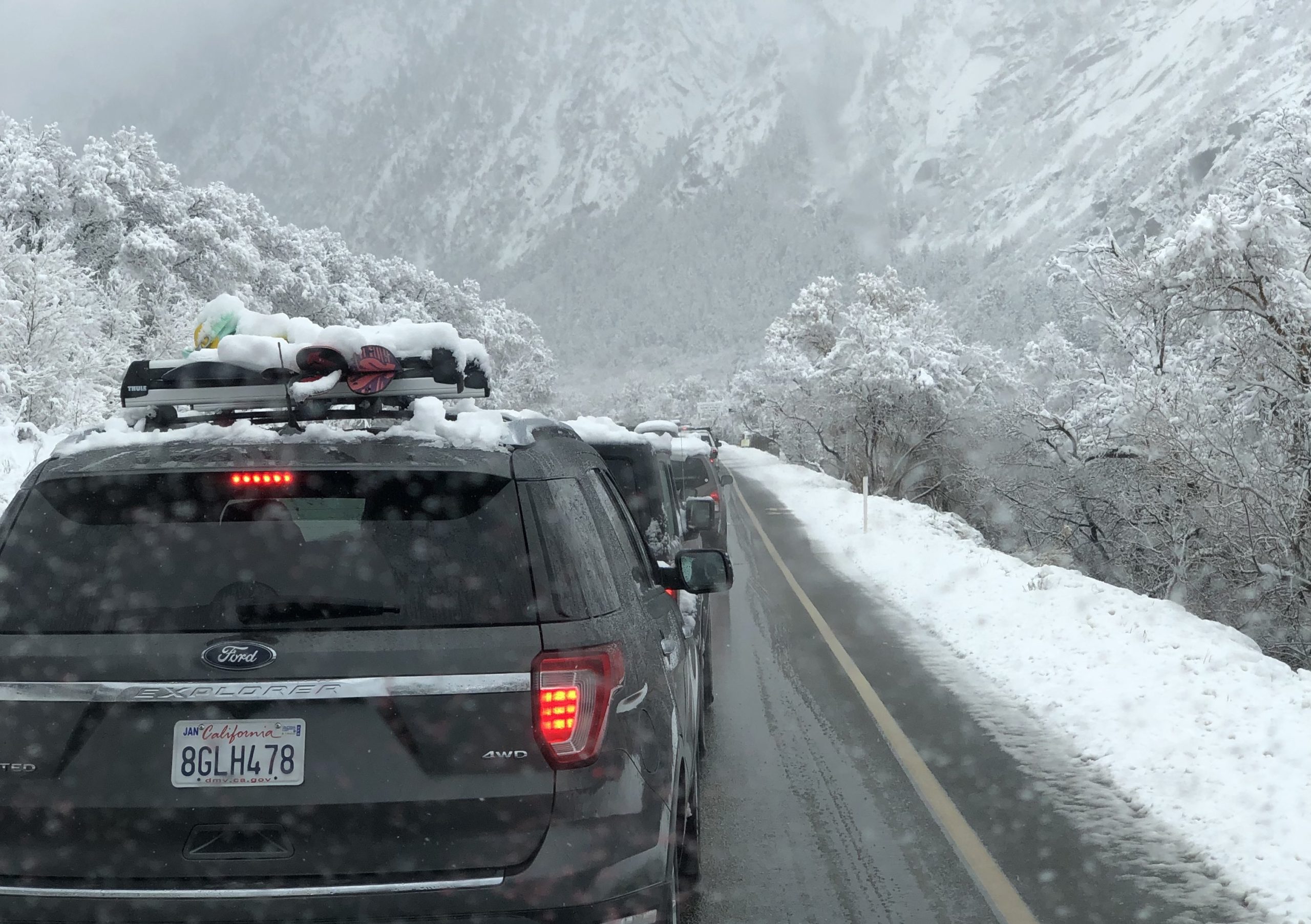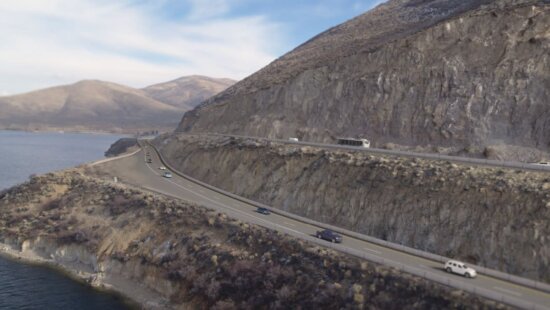Town & County
Heber Valley Corridor reaches next phase of planning

The EIS is projected to be completed by the Fall of 2023. Photo: UDOT
HEBER CITY, Utah- The long-awaited proposed alternatives to Heber City Main Street, highway U.S-40, have reached the next phase in planning. The purpose of the project is to increase mobility through the Heber Valley and reduce traffic passing through the city’s main street.
The next phase of the project is to prepare an Environmental Impact Statement (EIS). The Utah Department of Transportation (UDOT), is preparing to release an EIS, which is a federally mandated statement that outlines the impact of a proposed project on its surrounding environment.
As well as preparing an EIS, the next phase includes a 45-day public comment period as of June 7th, and citizens are encouraged to voice their questions and concerns to UDOT. All proposed drafts and screening reports are accessible to the general public, via the UDOT website.
As of Spring 2020, UDOT has been drafting possibilities for the new and improved corridor. Of 23 alternatives, five passed the initial screening process and will be surveyed in the upcoming EIS.
The initial screening process was based on three criteria; technical feasibility, purpose and need of the project, and initial impacts on key resources.
All of the five alternatives that passed the initial screening process will be located west of Heber City. Alternatives on the east side failed, as they would not divert enough traffic away from Heber’s main street.

Most of the traffic passing through Heber City comes from the Provo-Orem area on highway U.S-189, compared to eastbound through Daniels Canyon on highway U.S-40, which explains why all eastern alternatives were eliminated.
Of the five alternatives remaining, all of them include a new highway being constructed west of Heber City, eventually connecting back onto U.S-40, or extending to U.S-32. Two of the alternatives propose a highway extending all the way through the Heber Valley, while the other three reconnect to U.S-40 outside of Heber’s downtown area.
Tony Kohler, the director of Heber City’s planning committee, spoke with TownLift about the five possible alternatives still in consideration. He acknowledged that there are pros and cons to each alternative, and he mentioned how the city is “struggling with agricultural and environmental conservation while diverting traffic efficiently.”
This comment was in reference to the two alternative routes that would establish a highway going through the north fields, which are valued among Heber Valley residents. The northern field routes would be the quickest in terms of travel time, but they would also have the largest negative impact on wetlands and streams throughout the valley.
The Heber City planning committee is aware of the implications of each possible alternative, and Kohler mentioned how the committee is trying to “minimize the impact on residences and the north fields, while keeping downtown quiet.”
As UDOT prepares to release their EIS, they will be evaluating the impacts on land use/open space, communities/neighborhoods, residential and commercial properties, air quality, water resources and water quality, wildlife and special status species, visual setting, cultural resources, etc.
The EIS is projected to be completed by the Fall of 2023, and there are no set dates for the beginning or end of construction.
If you have any questions or concerns regarding the new western alternatives and how they might impact you, they can be all submitted to UDOT via their website, or email (hebervalleyeis@gmail.com).

















